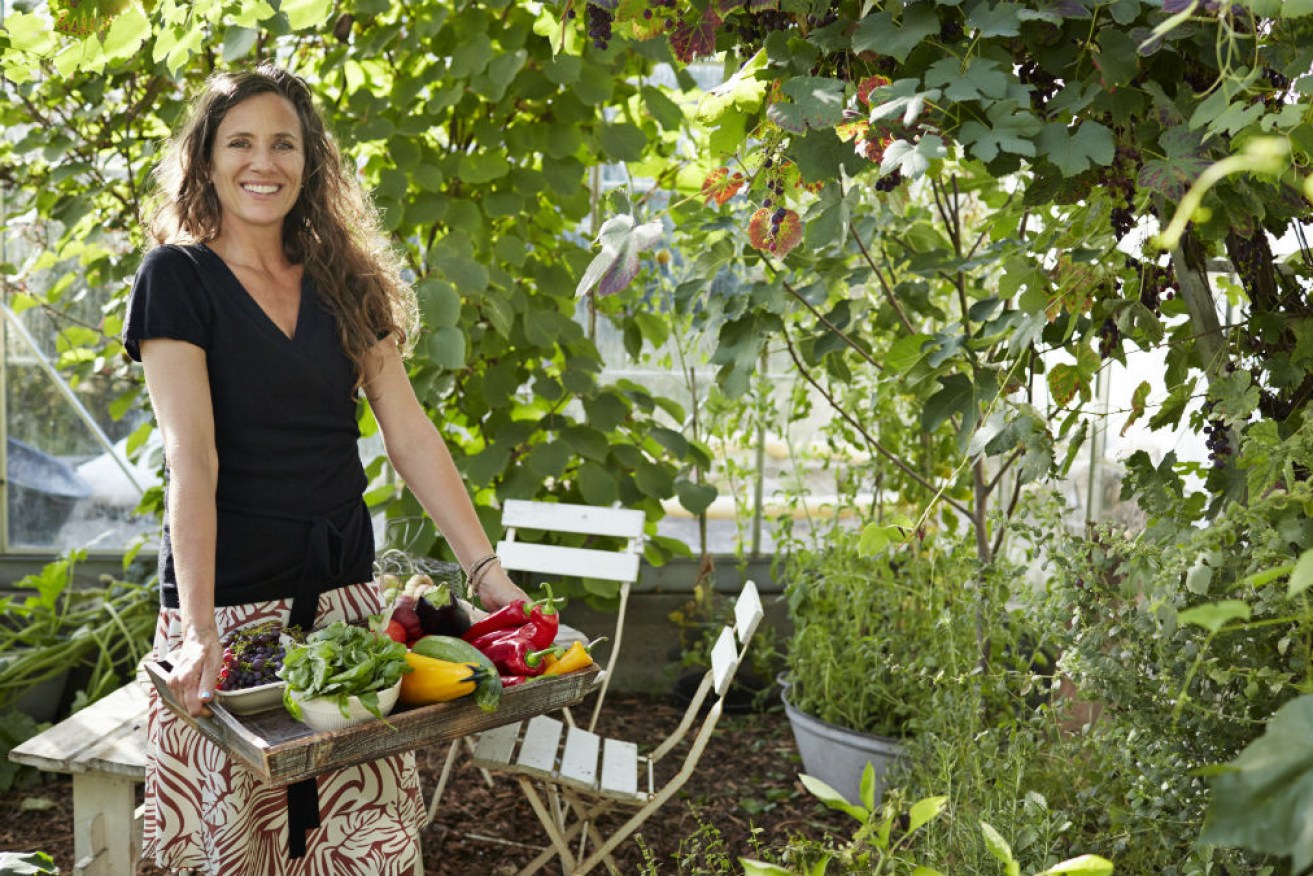This is how much money home-grown veggies can save you


Don't be a dead beet! Set up a backyard garden and let the savings romaine in your bank account. Photo: Getty
A combination of extra time cooped up at home and fears over grocery supplies has sparked a revolution in backyards across Australia.
Budding gardeners are using the lockdowns to get their thumbs green and start their own veggie patches.
There was a rush on seedlings and gardening tools from home hardware stores. Even chickens weren’t spared, with breeders across the country reporting unprecedented demand as households sought to boost their self-sufficiency.
While many of us are certainly more in touch with our gardens, has the move to backyard veggie patches paid off? Even more pertinent, are we saving money, or burning money on seedlings that wither and die?
Before the pandemic turned the world on its head, the University of South Australia started a citizen science project called Edible Gardens, looking at the productivity, efficiency and financial savings (or not) of backyard gardens.
The results came in this week – and it’s good news for the home gardener who knows what they’re doing.

The humble chook has become eggstremely sought after during lockdown. Photo: Getty
Of the South Australians who took part in the project, 79 per cent of people who set up their own patches saved more than $250 on grocery costs.
That’s according to Georgia Csortan, an urban food production expert at the university.
Dr Csortan say the typical cost of setting up a garden was about $500, and 65 per cent of the gardens would break even within five years.
Delving further into calculations, applying wage-rate measures, researchers found about one out of six gardeners produced enough fresh fruit and veg to cover the ongoing costs, essentially earning themselves the minimum wage ($18.93 an hour).
“The swell of new food gardeners is a wonderful outcome from the restrictions of the COVID-19 crisis, but we need to ensure their efforts are not in vain,” Dr Csortan said.
“How good would it be to come out of this pandemic with households and communities that are more resilient, more productive and more inter-connected than ever?”
What does it take to make an effective garden? It starts with the right irrigation system, the researchers said. From there, a mix of planting styles – in-ground beds, raised beds and fruit trees – to ensure there’s year-round produce, not just a glut for one or two months a year.
Get planting
If you’ve never grown your own produce before, you might want to seek some expert advice. Most nurseries will be happy to guide you through the early steps.
The best thing you can do is educate yourself – look up online forums for planting in your area, to see what crops do well and when. If you’ve got a friend with an impressive patch of their own, ask for their advice.
The first thing to consider when plotting your plants is sunlight: Most veggies will need lots of sunlight to grow and fruit. Then consider your soil – it needs to be able to drain, so it doesn’t pool water and drown your plants. This is why a lot of people choose to build in raised garden beds.
If you’re a newbie, don’t get overzealous – just start small. If you’ve got a history of killing the usually hardy succulents, maybe start super-small with a couple of potted herbs. Baby steps.
The same goes if you’re in an apartment or a house with no backyard: Potted herbs are still a very respectable thing to grow.








